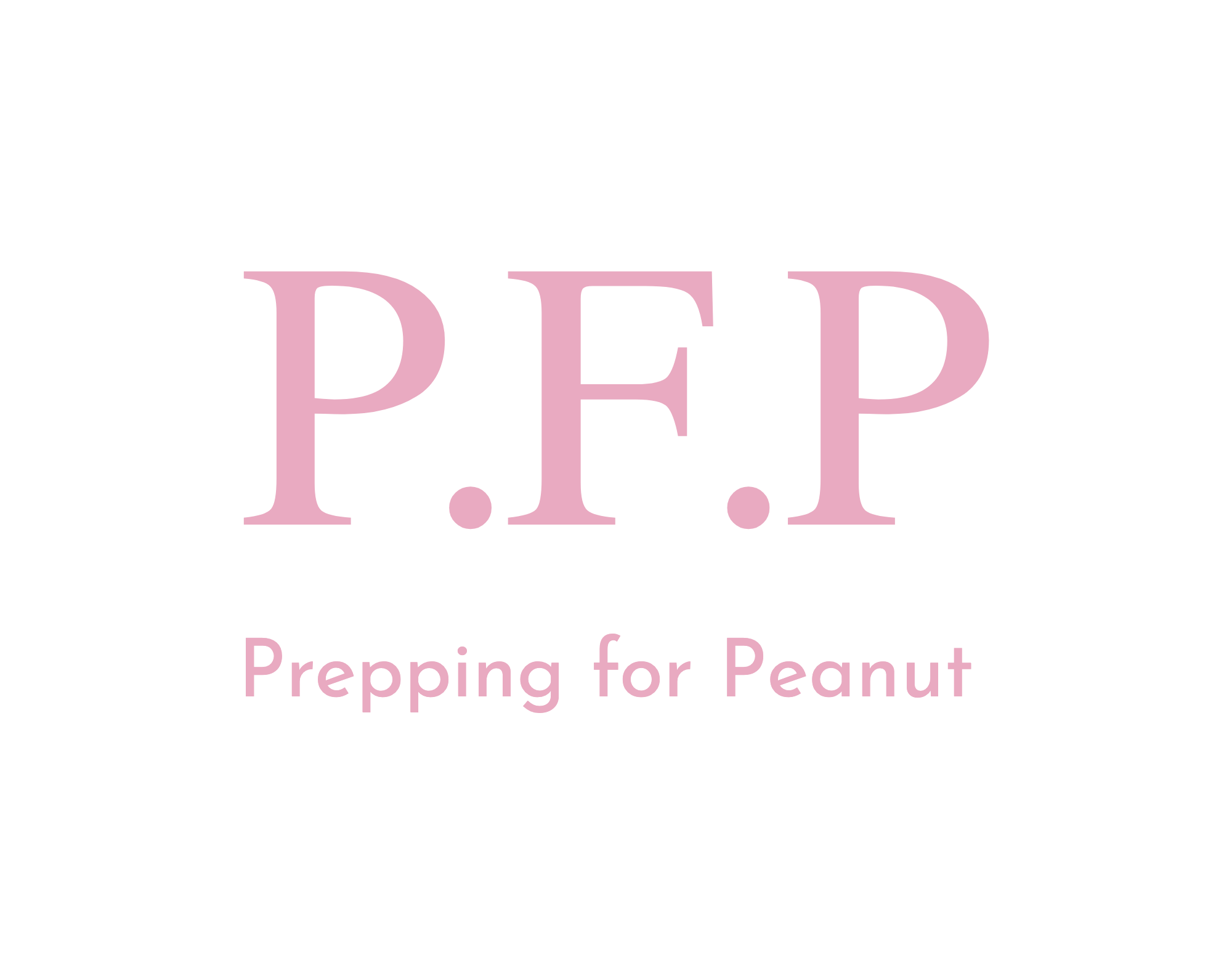Selecting the best baby formula & bottles
Finding the best formula and baby bottles
Finding the baby formula and baby bottles that work for you and your family can be a daunting task. In these categories alone, there are hundreds of options. With many families these days aspiring to exclusively breastfeed, these categories can often be an after thought.
Here’s the thing, the worst time to research products and make good product decisions is when it’s an emergency or your sleep deprived, so I often recommend having a good infant formula on-hand along with a few washed and sterilized bottles ready for use.
My friend Mallory from @theformulamom and I teamed up to bring you a mini guide for making these formula and bottle decisions. Mallory and I share a similar philosophy that what’s right for one family is not always right for every family, so instead of a best formula and bottle ranking, we offer a framework for you to prioritize and make informed decisions. There are three questions to consider when selecting each.
Let’s start with bottles:
Step 1: Don’t overcommit - Buying 5 different bottle systems in anticipation of having challenges introducing a bottle will not serve you -- it will only lead to clutter. Pick one or two very small packs (2-3 bottles per box) or consider a sample box (1 bottle of each variety). You can double down on the bottle that works for your baby once the time comes.
Step 2: Consider your feeding goals - Thinking through your preferred feeding goals, whether that’s exclusively breastfeeding and offering pumped milk or offering formula from the start may influence which bottles you go with. Nipple shape, flow, material (plastic vs. glass), milk storage and transferring options can all be considered.
Step 3: Trial & error - This category, much like swaddle blankets, often lands in the trial and error category. For older babies who have never had a bottle and have only breastfed, give it multiple tries with multiple caregivers (preferably not mama), before trying something new. The introduction of anything foreign takes some time to adjust.
Now for formula:
Step 1: Figure out what your priorities are! There are hundreds of formula options on the market and it can be hard to know where to start (especially if you’re already overwhelmed and sleep deprived). I always advise parents to begin by making a list of what’s important to them. This list may include things like:
Preference for organic
Easily available in local stores
Can be purchased online with a subscription so you can “set it and forget it”
Cost-effective
Available via WIC
Contains or avoids certain ingredients
Ready-to-feed or concentrate options, which are sterile
“These are all valid priorities! And what’s important to you may not be what’s important to another family— that is OKAY. This is simply a tool to help you start to narrow down your list.”
Step 2: Think about your baby’s unique needs. Some common concerns that you may want to consider include:
Prematurity: Infants that were born premature (prior to 37 weeks) typically need a formula that is fortified with extra calories, extra minerals and extra protein. If your baby was born premature, a specialized preemie formula (like Similac Neosure) may be recommended.
Age of formula introduction: Are you formula feeding from day 1? Newborns do best on a formula with extra whey protein, as colostrum has more whey protein than mature breast milk. Look for “whey” near the top of the ingredient list!
Milk sensitivity: Were you advised to cut out dairy if breastfeeding? You’ll want to consider a formula that has partially hydrolyzed milk proteins or an A2 formula, which contains less allergenic beta-casein proteins.
Excessive reflux: You may want a formula labeled “AR” or “added rice starch.” These formulas are a bit thicker and sit heavier in the stomach to prevent spit up.
Diagnosed milk protein intolerance or other allergy: You'll want a formula that is hypoallergenic-- some contain extensively hydrolyzed proteins while others are considered “elemental” and use amino acids instead of traditional proteins.
Step 3: Make a choice and try it for at least 2 weeks. A baby’s digestive system is immature and still learning how to process food by mouth. You want to give your baby at least 14 days to adjust to a new formula and then assess whether it’s a good fit. If symptoms don't improve after 2 weeks, it's fine to make a change! Switching formulas too often or too soon can make symptoms worse.
The good news? All formulas contain the vitamins and minerals necessary to help your baby grow along a healthy curve! There’s no such thing as a “bad” formula.
Want more information about which formulas Mallory recommends based on different needs? They can be found in her Formula Mom’s Guide-- download it here!
About my co-author:
Mallory Whitmore is a mom of 2, published content writer and Certified Infant Feeding Technician. Mallory’s goal is to make formula feeding less stressful while reducing guilt and shame around infant feeding choices. She believes that with the right support, moms can make informed choices that work for them and their babies. Follow the journey on Instagram @theformulamom for all-things-formula-feeding!
Disclaimer: The information above is for educational purposes only and is not meant to be medical advice. Please consult with your pediatrician with questions or concerns about symptoms, weight gain, healthy development, and what formula might be right for you.


